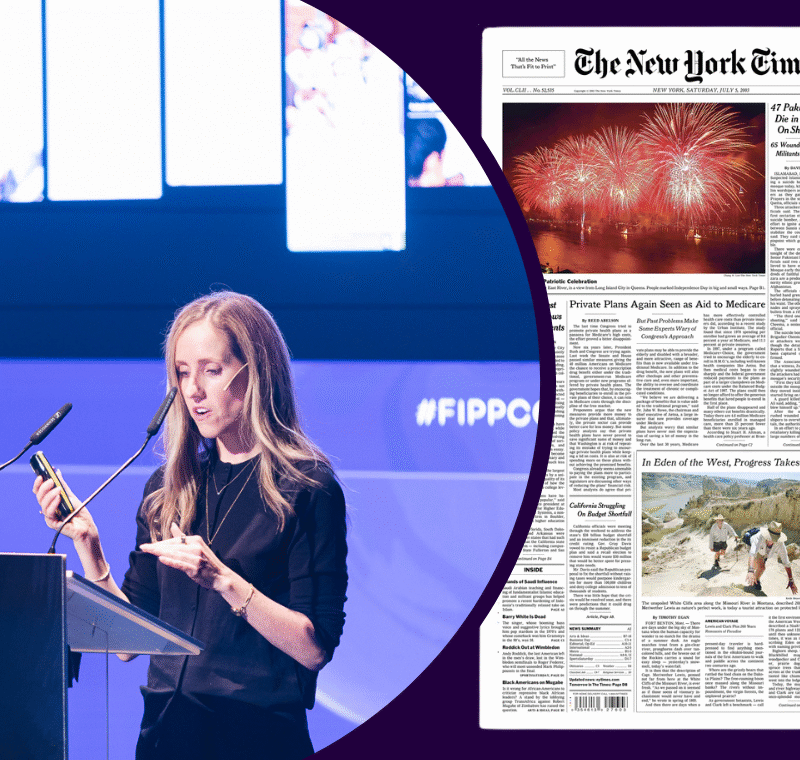Magazine websites: valued and effective
The new study, Magazine websites: Usage and perception, was commissioned by Spain’s Asociación de Revistas de Información (ARI) and carried out by PwC. It used qualitative and quantitative methods to assess the views of 1,600 magazine readers and an array of advertisers, agencies and publishers.
Magazine readers rated magazine websites as not only more valuable than most other websites but also as one of the most valuable of all media sources. To a considerable extent, consumers (especially those with high purchasing power) are following trusted magazine brands from print to online. Key factors drawing people to the websites include their reliability, trust in the brand, being up to date, and the added features they offer such as video and photo galleries. Many visit their favourite magazine websites daily, and they follow the magazine brand on social networks.
The survey also reported that consumers are more receptive to the advertising on magazine websites than on other websites. They value the advertising more, pay more attention, and interact more with the online ads when they are on magazine websites. Just as with ads in printed magazines, it is the relevant and trusted editorial context in which the online ads are placed which means that site visitors find them appealing.
This new study complements an earlier project published by ARI and a consortium of publishers, Atenea Digital, which found that, among those who visited magazine websites, high proportions thought the advertising on them is relevant to them, is therefore usually more interesting than advertising on other types of website, and is more trustworthy. It was also striking how much more positive were the attitudes to magazine websites among their visitors than were the attitudes to other types of website among visitors to those.
That study, and the new one from ARI, showed that magazine websites are being perceived in ways which are similar to print magazines, in terms of relevance, interest, trust and so on – and that these attitudes carry over to the advertising on magazine websites.
Atenea Digital is also a campaign tracking system. It has become a rich source of case studies showing that when advertising is carried on both magazine and non-magazine websites, the ads on magazine websites generate more ad awareness, brand awareness, and purchase intention than the same ads on non-magazine websites. Again, it is due to readers’ carry-over of positive print magazine brand values onto the brands’ magazine websites.
These Spanish results tie in with results from other countries. For example, the rub-off of print magazine brand values onto their websites was demonstrated in a completely different way in a neuroscience study, Heat – a Journey into Neuroscience, commissioned by Bauer UK. Brain scans showed that when an advertisement is seen in Heat printed magazine, and is then seen online, the response is stronger when seen on Heat’s own website than on an unrelated website. Within a brand, there is a cross-platform multiplier effect when advertising is seen on more than one of the brand’s channels.
The Meredith Sales Guarantee [download synopsis] project in the USA proved that these effects boost sales. With Nielsen’s Homescan household panel providing data on weekly sales, it was found that exposure to advertising on Meredith magazine brands’ websites increased sales by an average of 8 per cent across ten food products, compared with matched respondents who had not seen the web advertising. Sales rose for all ten of the products.
All these surveys show what an attractive medium magazine websites have become for advertisers. ARI’s new study included interviews among advertisers and agencies, and concluded that they “agree that magazine’s websites are a perfect environment for generating brand awareness, more impact on the consumer, and for providing a positive and relevant advertising experience”.
ARI’s Magazine websites: Usage and perception survey will be presented in full at FIPP’s forthcoming Insight Forum on 18-19 May in Amsterdam.
Meanwhile there is still time to enter your own recent research project for FIPP’s Insight Awards. Further details from FIPPInsightForum.com
Related articles:
– Magazines are the most engaging medium
– Speakers confirmed for the FIPP Insight Forum & Awards – 18-19 May 2015 in Amsterdam
– Deadline 6 March to submit your winning research to the FIPP Insight Awards
– Get a ‘deep sense of what’s important in the industry’









